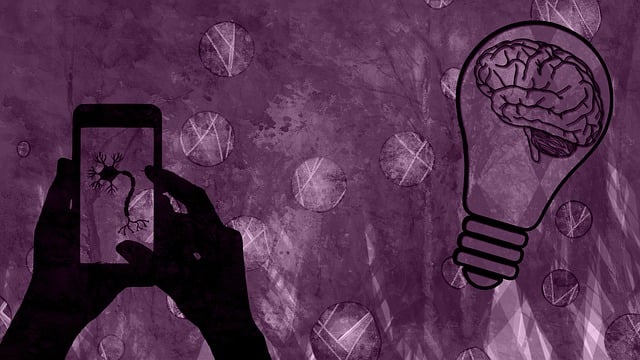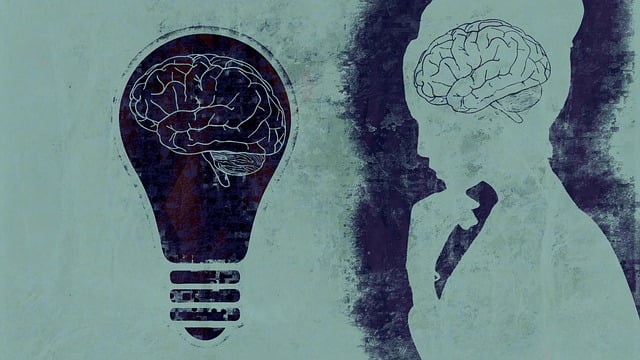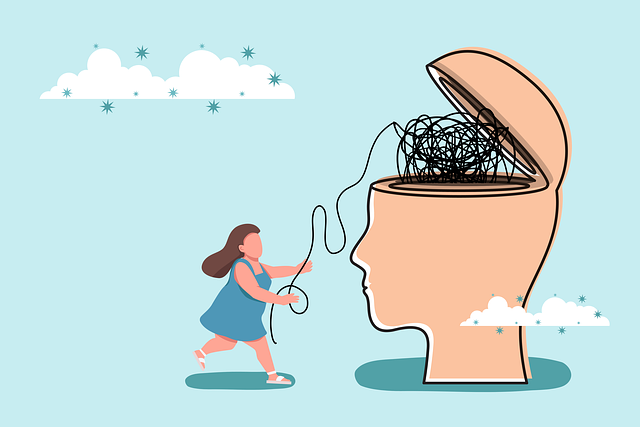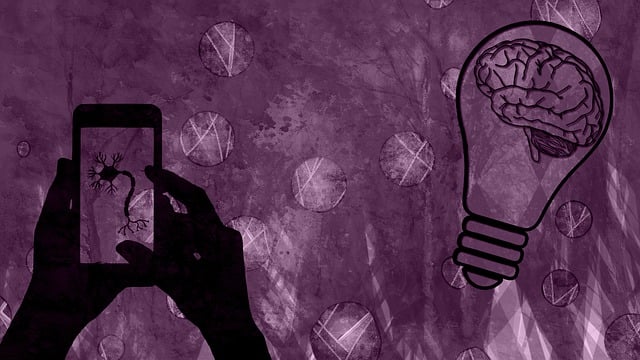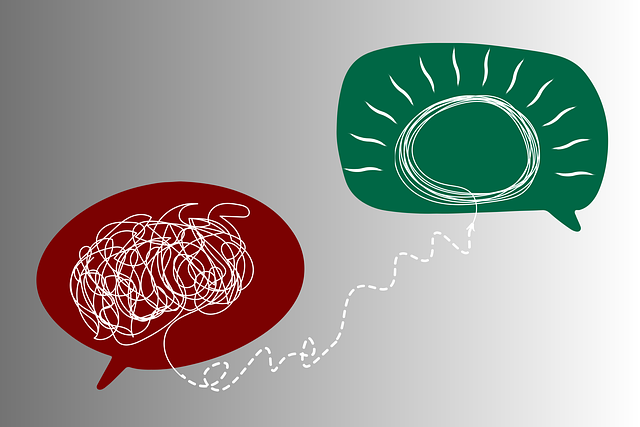Understanding mental illness representation in media involves critically analyzing portrayals of individuals with mental health conditions. Accurate, nuanced depictions reduce stigma, promote empathy, and encourage help-seeking behaviors, while stereotypes and inaccuracies can exacerbate misconceptions about treatments like therapy for hypnosis and barriers to care. Effective media representation respects affected individuals' humanity, avoids simplistic narratives, and highlights complexities. This includes showcasing recovery journeys, promoting therapeutic techniques (e.g., emotional well-being promotion), and guiding viewers through mental wellness journaling exercises and self-care routines. Media professionals play a crucial role in shaping public perception by dispelling stereotypes, reducing stigma, and encouraging support for various therapy options, including hypnosis.
In today’s media landscape, accurate representation of mental illness is crucial. This article delves into the challenges and solutions surrounding mental health depiction, focusing on dispelling stereotypes and misconceptions. We explore the power of hypnosis as an alternative therapy, highlighting its benefits in treating various conditions. Furthermore, we provide effective strategies for positive portrayals and call to action for media professionals to foster a more informed and compassionate public narrative. By embracing these changes, we can enhance understanding and reduce stigma through responsible media representation, offering better support for those seeking therapy, including hypnosis.
- Understanding Mental Illness Representation in Media
- The Impact of Stereotypes and Misconceptions
- Exploring the Benefits of Hypnosis as a Therapy
- Effective Strategies for Positive Portrayals
- Fostering Change: A Call to Action for Media Professionals
Understanding Mental Illness Representation in Media

Understanding Mental Illness Representation in Media involves a careful examination of how various forms of media portray individuals with mental health conditions. It’s crucial to recognize that media has a significant impact on shaping societal perceptions and attitudes towards mental illness. Accurate and nuanced representations can help reduce stigma, promote empathy, and encourage help-seeking behaviors. Conversely, stereotypes and inaccurate portrayals can exacerbate existing misconceptions and barriers to treatment, such as the often-overlooked option of therapy for hypnosis.
Effective media representation goes beyond simply showing characters with diagnosed conditions; it involves portraying their experiences in a way that respects their humanity, avoids simplistic narratives, and highlights the complexities of mental health. This includes showcasing recovery journeys, addressing the various forms therapy takes (like Emotional Well-being Promotion Techniques), and providing Mental Wellness Journaling Exercise Guidance or Self-Care Routine Development for Better Mental Health as valuable tools for coping. By integrating these strategies, media can contribute to a more comprehensive understanding of mental illness, fostering a supportive environment for those facing such challenges.
The Impact of Stereotypes and Misconceptions

The media’s portrayal of mental illness often reinforces stereotypes and misconceptions, which can have profound effects on society’s understanding and acceptance of these conditions. When mental health is depicted in a simplistic or sensationalized manner, it risks reducing complex disorders to mere clichés, hindering empathy and encouraging further stigmatization. For instance, portraying characters with depression as solely passive or those with anxiety as overly reactive fails to capture the nuances of these experiences and can lead to misinformed assumptions about individuals seeking therapy for hypnosis or other forms of treatment.
Such stereotypes often fail to acknowledge the diverse range of symptoms and the unique journeys people with mental illness undertake. This can create barriers for individuals who may be reluctant to seek help due to the fear of judgment or the assumption that their experiences are not valid. Building empathy through more nuanced representations is essential, encouraging viewers to understand the human stories behind mental health challenges. Additionally, incorporating effective empathy-building strategies and conflict resolution techniques in media narratives can contribute to a more compassionate society and better support systems for those managing their mental health, including those considering therapy for hypnosis as part of their treatment plan.
Exploring the Benefits of Hypnosis as a Therapy

Hypnosis, a practice that has gained recognition in recent years, offers a unique and often underutilized approach to mental health treatment. Beyond its use in entertainment, hypnosis as therapy presents several compelling benefits. It empowers individuals to access their subconscious mind, where many emotional and psychological responses are rooted. Through this process, people can challenge negative thought patterns, boost resilience, and develop inner strength, all of which are essential aspects of mental wellness.
This alternative therapy focuses on Mind Over Matter principles, enabling clients to take control of their mental states. By tapping into the subconscious, hypnosis facilitates a deeper understanding of one’s emotions and behaviors, fostering positive changes. It is a safe and non-invasive technique that can be particularly effective for anxiety, stress management, and phobias. With its ability to enhance focus and promote relaxation, hypnosis not only addresses symptoms but also encourages personal growth and the development of coping mechanisms, contributing to improved mental health outcomes.
Effective Strategies for Positive Portrayals

Media has a significant influence on shaping societal perceptions and attitudes towards mental illness. To foster positive change, accurate and nuanced representations are crucial. One effective strategy is to portray individuals with mental health struggles as complex characters with diverse backgrounds, ensuring their stories are not solely defined by their illness. Showing them in various roles, such as friends, family members, or even heroes, can challenge stereotypes and promote empathy.
Additionally, incorporating therapeutic techniques like hypnosis for self-esteem improvement or guiding audiences through mental wellness journaling exercises can offer valuable insights into managing mental health. Encouraging compassion cultivation practices within media narratives enables viewers to understand the human experience behind mental illness. By presenting hope, resilience, and recovery stories, media platforms can inspire and educate audiences while emphasizing the importance of seeking professional help, including therapy options like hypnosis for those struggling with mental health challenges.
Fostering Change: A Call to Action for Media Professionals

Media professionals have a significant role to play in shaping public perception and fostering understanding of mental health issues. By incorporating more nuanced and accurate representations of individuals with mental illnesses, they can help dispel harmful stereotypes and reduce stigma. This shift is crucial for encouraging those struggling with their emotional well-being to seek necessary support, such as therapy for hypnosis, without fear of judgment or discrimination.
Active participation in public awareness campaigns development can be a powerful tool. Through creative storytelling and diverse character portrayals, media can showcase the human experiences behind mental health challenges, emphasizing the effectiveness of various therapeutic approaches, including mood management techniques. This collective effort not only promotes emotional well-being promotion techniques but also fosters empathy and acceptance within society.
Mental illness representation in media has a profound impact on societal perceptions and access to support. By challenging stereotypes and promoting accurate, empathetic portrayals, we can foster understanding and encourage help-seeking behaviors. Effective strategies include diverse casting, consultation with mental health experts, and highlighting recovery stories. The article has explored the benefits of hypnosis as an alternative therapy for various conditions. Now, it’s time for media professionals to embrace their power and responsibly navigate this crucial topic, revolutionizing how mental illness is depicted and, in turn, enhancing access to suitable therapies like hypnosis for those in need.
